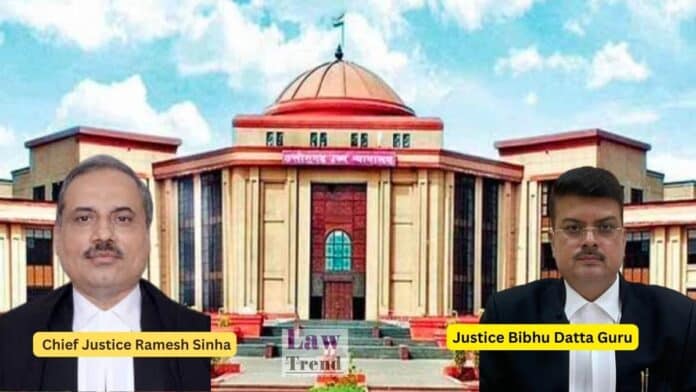The Chhattisgarh High Court has upheld the conviction and life sentence of Chandrakant Nishad for the murder of three individuals, holding that a complete chain of circumstantial evidence, when unrebutted by the accused, is sufficient to establish guilt beyond reasonable doubt. The Division Bench comprising Chief Justice Ramesh Sinha and Justice Bibhu Datta Guru dismissed
To Read More Please Subscribe to VIP Membership for Unlimited Access to All the Articles, Download Available Copies of Judgments/Order, Acess to Central/State Bare Acts, Advertisement Free Content, Access to More than 4000 Legal Drafts( Readymade Editable Formats of Suits, Petitions, Writs, Legal Notices, Divorce Petitions, 138 Notices, Bail Applications etc.) in Hindi and English.







